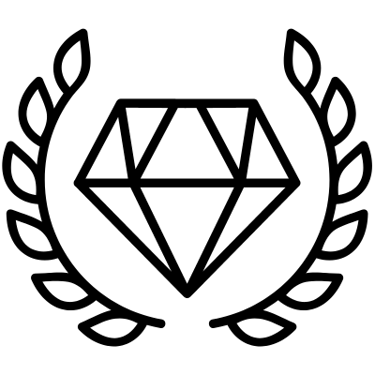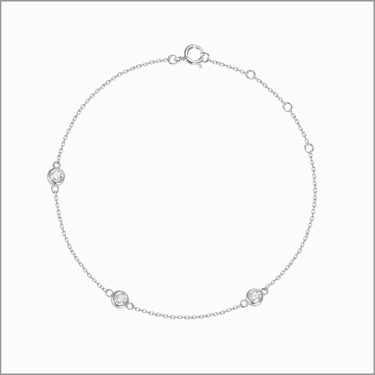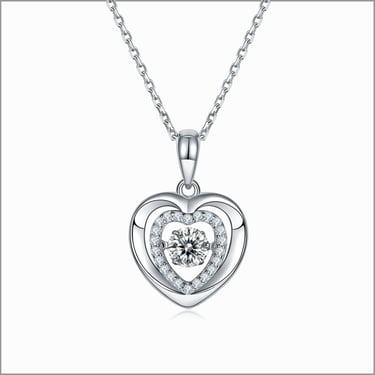Is Moissanite Worth Buying? Pros and Cons You Need to Know
Moissanite has become increasingly well-known in the jewelry market as a diamond alternative. But is it really worth buying? In this article, we break down the top five advantages and disadvantages of moissanite to help you make an informed decision. Let’s take a closer look at what makes moissanite stand out—and what to consider before purchasing.
1. Moissanite Advantages
a) The Most Brilliant Flawless Gemstone
Thanks to its unique chemical structure, moissanite boasts a refractive index of 2.69, higher than a diamond’s 2.42—making it the most brilliant gemstone in the world. Today’s advanced lab technology ensures that moissanite can achieve exceptional clarity, typically VVS1–VVS2, with a flawless appearance that rivals diamonds.
b) Unique Fire and Rainbow Sparkle
Moissanite has a dispersion rating of 0.104, more than twice that of diamonds (0.044), giving it unmatched fire and rainbow brilliance that sets it apart from any other gemstone.
c) Hard and Durable
With a Mohs hardness of 9.25, moissanite is harder than rubies and second only to diamonds—making it extremely resistant to daily wear and scratches.
d) Sustainable and Eco-Friendly
Natural moissanite is found only in trace amounts in meteorites and is not suitable for jewelry. All moissanite on the market is lab-created, making it a far more eco-conscious and ethical alternative to mined diamonds.
e) Affordable Pricing
Moissanite costs only around 2% of a natural diamond of similar quality. For example:
0.5 carat: HK$499
1 carat: HK$699
This allows consumers to own multiple elegant styles without breaking the bank.
2. Moissanite Disadvantages
a) Not Identical to Diamonds
Although moissanite looks very similar to diamonds, especially to the untrained eye, the difference becomes more noticeable in larger carat sizes due to its rainbow sparkle. Some may love this; others might prefer the more subdued glint of diamonds—it’s purely a matter of personal taste.
b) Less Rare and Prestigious
Moissanite is lab-grown, whereas natural diamonds form over billions of years, making them inherently rarer. However, diamond mining causes severe ecological damage—deforestation, toxic waste (2,630 kg per carat), and water pollution. At DINCEY, we believe that true value lies in beauty and sentiment, not rarity alone.
c) Low Resale Value
Unlike diamonds, moissanite has little to no resale value. While high-quality diamonds may retain 20–60% of their original value, they also come at a high cost. Even a 60% retention rate can still mean a loss in the tens of thousands. That said, most people never resell diamonds as they’re tied to personal meaning and memories.
d) Not Yet Mainstream in Asia
While moissanite is widely accepted in Western countries, often used for everyday wear or engagement rings, its presence in Hong Kong and Asia is still growing. We believe that with increasing education and awareness, its popularity will continue to rise.
3. Conclusion
Moissanite’s value lies in its brilliance, durability, and eco-conscious origin. It’s an excellent choice for those seeking daily-wear jewelry, a more affordable alternative, and ethically made pieces.
At the end of the day, whether you choose moissanite or another gem is a personal decision—the best choice is always the one that speaks to your heart.
Popular Moissanite Jewelry
What Is Moissanite? A 1-Minute Guide to Its Origins, Features, and Comparison to Diamonds >
Others Also Viewed...
Amazon Certified Brand



Registered US & HK Trademarks
Meta Verified Brand
About Us



Free Shipping
on orders over HK$500
hassle-free return guarantee
7-Day Returns
Online Support
available whenever you need it
Gift Box
packaged in an elegant gift box





